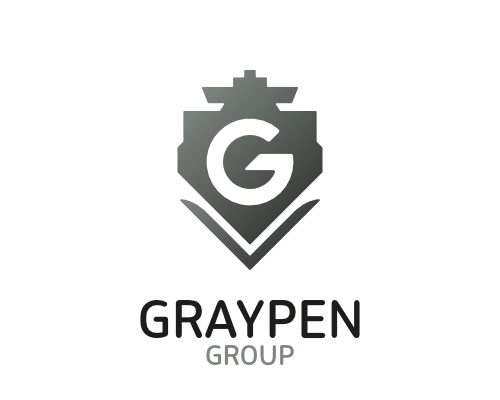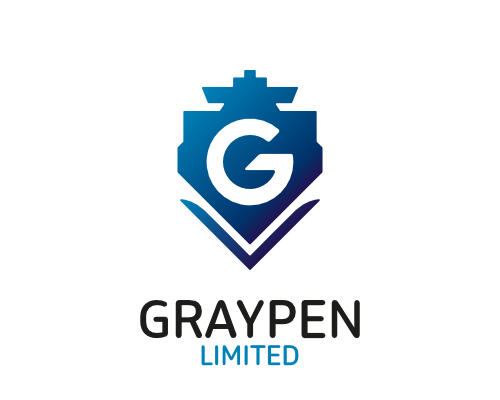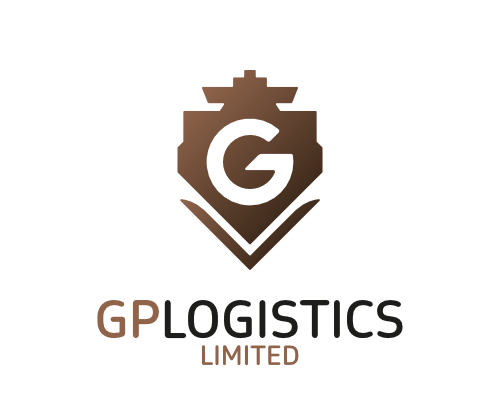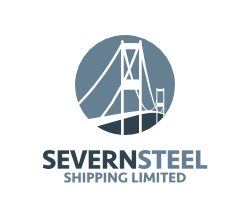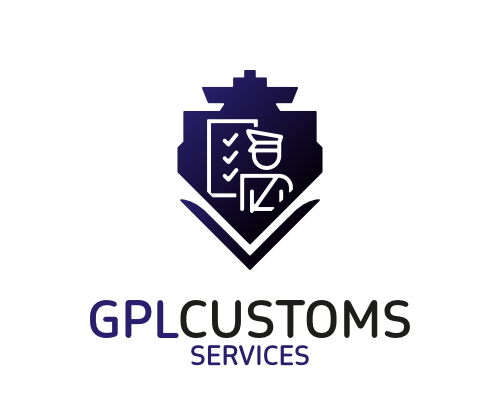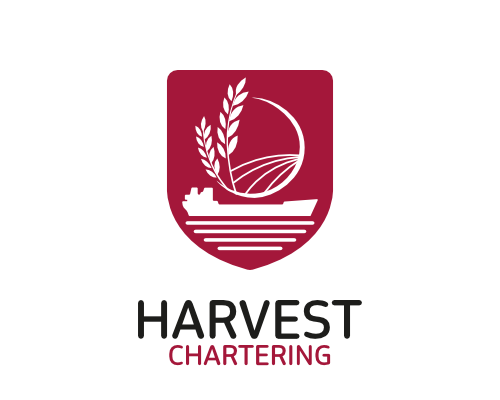
Latest Blogs
Archive
2024
1 Blog
October
1 Blog Items
June
1 Blog Items
May
2 Blog Items
April
1 Blog Item
What is LCL (Less Than Container Load) in Shipping?
In very simple terms, a Less than Container Load (LCL - also referred sometimes to as ‘groupage’) is where companies share a container with other businesses who are ‘grouping’ their respective smaller shipments together. This means that rather than having to potentially over-order goods to fill your own container, you can purchase precisely the amount of stock you need.
You pay only for the space within the container you are sharing, which could work out cheaper than shipping your own Full Container Load (FCL). This can be a benefit for the smaller shipper or a business starting out on the road to direct imports/exports and who only require to ship a smaller number of items than would otherwise be needed to fill an entire container.
What are the benefits of LCL vs FCL?
LCL shipping can be a little more expensive per unit than for an FCL shipment, but overall, it can work out to be cheaper through the smaller purchase volumes involved. Considering whether you need a full container load in the first place and which shipment type is more suitable and beneficial to the business is a key.
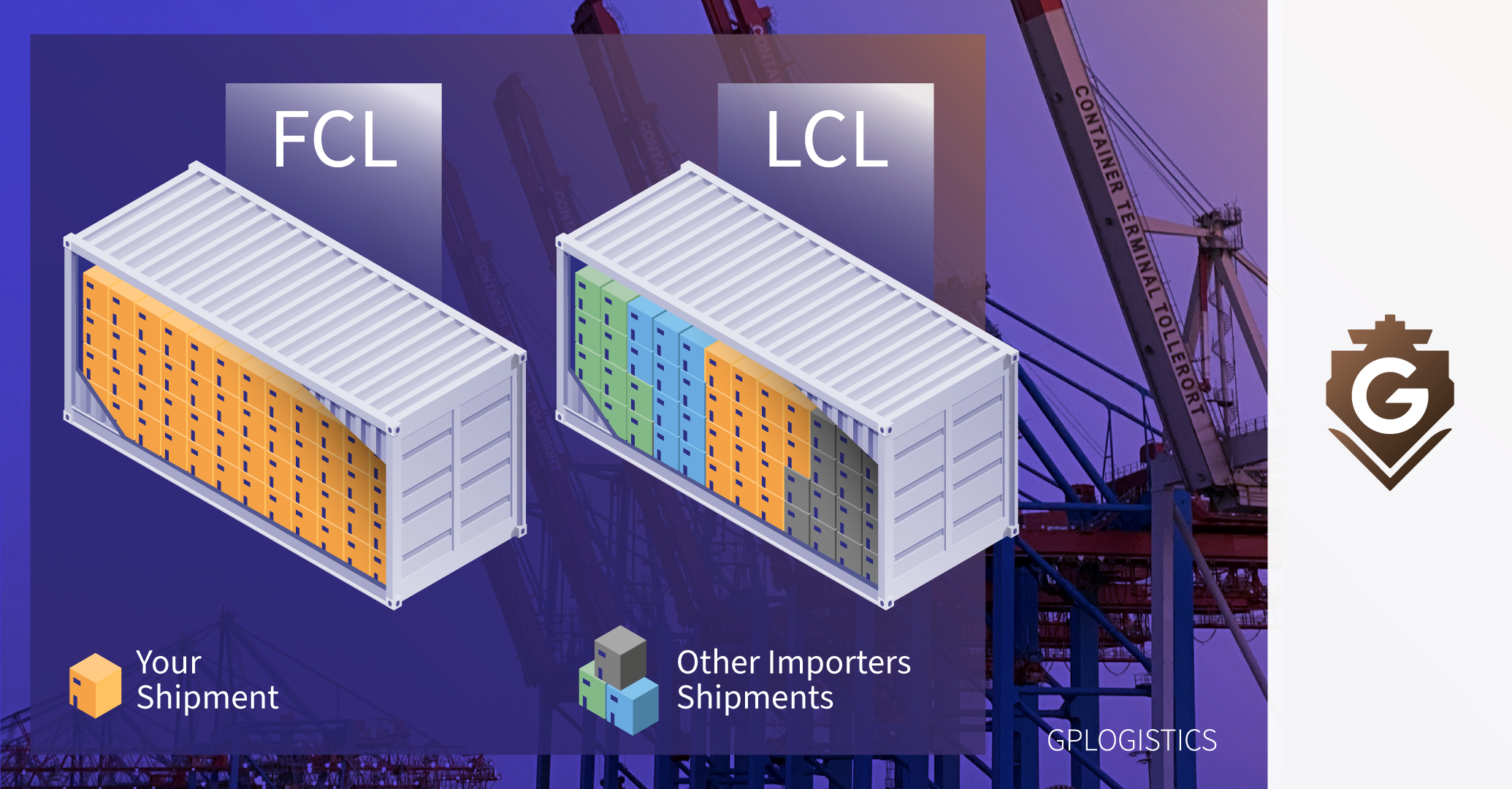
Learn more about FCL shipping.
Despite lower costs per unit, you would have to pay and have sufficient storage at the destination country for a full load if using FCL. Using LCL means the smaller volumes require not only smaller domestic storage space but a smaller cash outlay, so its cost-effectiveness assists your cash-flow in the long term. You pay only for the space you use and you can ship smaller amounts more frequently without having to worry about overstocking, especially for seasonal or fashionable impulse purchase goods.
LCL is also very suitable for the transportation of smaller differing cargo types at the one time. It enables you to have more control over your inventory and thus makes it much easier for the smaller trader to access global markets. The potential leveraging capabilities of LCL shipping is altogether more flexible for the smaller business, especially when it comes to lessening the impact on the supply chain.
LCL shipping is growing as more traders realise the benefits of its flexibility, especially for those engaged in automotive, chemicals, fashion, FMCG (Fast-Moving Consumer Goods), lifestyle and technology where retail trends can change very quickly.
It is also worth bearing in mind that if you don’t fill a Full Container Load, you end up paying for space you are not using. Plus you need to consider the additional cost of securing the cargo within the container, and environmental factors.
What are the drawbacks?
You do have to be aware that because you will be sharing container space, it takes a little more time to ensure it all runs smoothly.
A full load will be delivered more quickly, as customs procedures tend to be more speedy when there is only one consignee at destination. With an LCL load, consolidation and sorting is required at the destination port, and if part of the shipment has reason to be checked, even if not yours, the entire container, including your goods, may have to be examined. However, if you are well enough prepared, this should not pose too many problems.
You also must ensure your goods are securely packed/palletised, so they do not get damaged by other goods (that are not yours) that may be included in the same container, moreover, consignments consolidated in one container have increased risk of damage due to multiple handling locations.
There are certain aspects that need to be noted when planning LCL shipment:
- If not palletised, goods need to be packed in boxes, preferably ones designed for the journey. They need to be firmly sealed, and if fragile, quality packing materials used, and a “fragile” label affixed.
-
All boxes in the shared shipment need to be clearly labelled and identified with:
Shipper’s name.
Consignee’s (customer) name.
Destination country.
Booking number.
Boxes sequentially numbered, for example “Box 1 of 15”. - The consignor (seller) will need to calculate and provide the consignment’s total volume to the freight forwarder.
- If possible, have your goods palletised, stacked as uniformly/evenly as possible, indicating any items that cannot be stacked (for example fragile products) – this process is usually carried out at the shipping warehouse.
- To comply with destination regulations, pallets need to be manufactured either from treated wood or from plastic.
Costs for LCL Shipping
Although LCL prices are usually calculated by the volume of space that is needed inside the container, it can be slightly more involved. While a higher volume can be more expensive as part of an LCL shipment, you can sometimes dramatically increase the volume of your shipment without affecting the price too much.
This is because the size of container vessels is now so large that space is not always at a premium, so the base cost of transportation can be lower than equivalent modes. However, as a rule of thumb, the standard minimum space you can pay for is 200cm x 200cm x 200cm (2cbm), so if you are, for example, shipping a relatively small consignment of product that is 50cm x 50cm x 50cm in total size, you’ll still be paying for twice the volume at the 200cm x 200cm x 200cm minimum.
In Conclusion
There is an increasing demand for smaller shipments across all borders as smaller businesses enter e-commerce, which itself is increasing. Smaller businesses appreciate the flexibility and cost-effectiveness that their cash-flow benefits by being able to order smaller quantities on a more frequent basis using LCL loads and not having to otherwise find storage space to accommodate full loads. Industry observers, as well as exporters and importers, expect this trend to increase around the world.
With that in mind, whether you are shipping goods via sea, air, rail or road our freight forwarding specialist can assist you with all shipment modes.
Contact us now.


